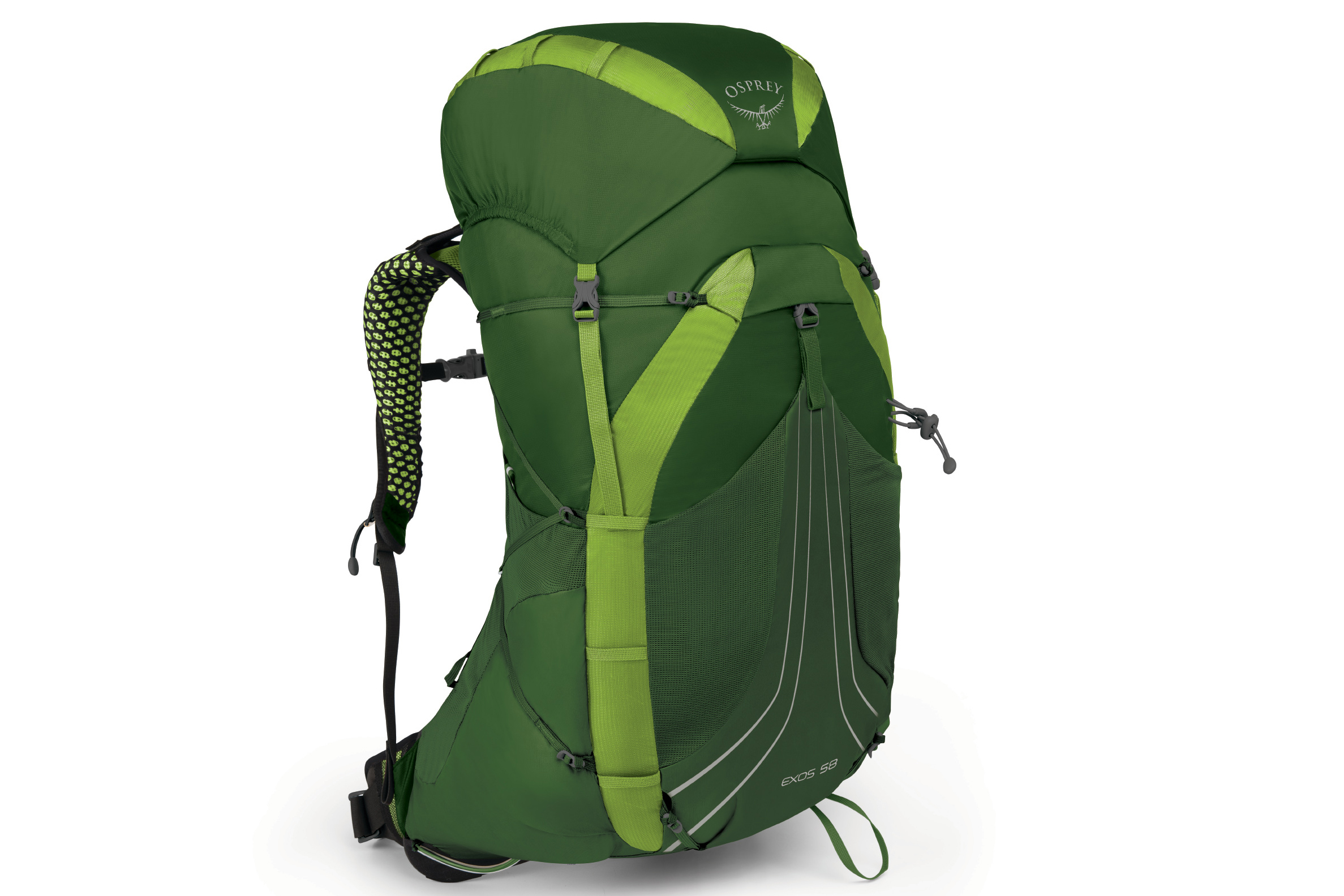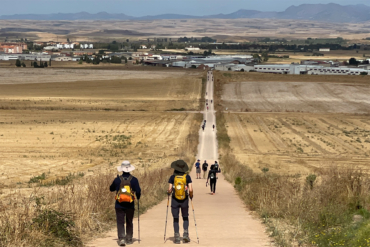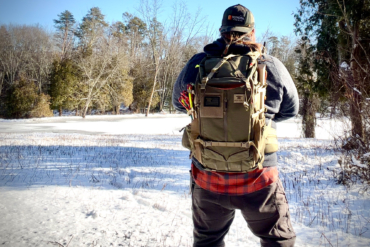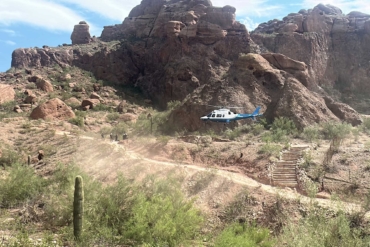The Osprey Exos 58 is a capable, multiday, framed backpack nearly as light as many frameless models. We put it to the test for this review.
Osprey revamped its popular men’s Exos and women’s Eja line in 2018. These packs tread the line between proper backpacking packs and ultralight rigs. They are extremely light for a framed pack but have less carrying capacity than more robust options.
We tested the Exos 58 (also available in 38L and 48L) pack over two backpacking outings for this review and came away impressed at the amount of comfort delivered at such a low weight.
In short: The stunningly light Osprey Exos 58 is capable of comfortably hauling up to 40 pounds for multiday trips over moderate terrain. The pack didn’t have to go minimalist to achieve such a low weight, possessing an ample feature set. The trampoline-style suspension also provides excellent air circulation that is ideal for hotter climates.
Exos 58 Specifications and Features
The Osprey Exos 58 is available in small, medium, and large torso lengths in two colorways, with volumes ranging from 55 to 61 L and an MSRP of $220. The claimed weights range from 2.63 to 2.68 pounds (our large test sample has a verified weight of 2.75 pounds), all very light for a framed pack.
Osprey uses 100-denier, high-tenacity nylon for the pack body and 210-denier, high-tenacity nylon for the bottom. A 4mm alloy perimeter frame anchors a tensioned mesh back panel. For such a light pack, the Exos 58 boasts an ample feature set (below).
Osprey Exos 58 Lightweight Backpack Specs
- Floating lid with top and under-lid zippered pockets
- Stow-on-the-Go trekking pole attachment
- Dual access stretch mesh side pockets
- Front stretch mesh pocket
- Top lid web loop attachment points
- Ice axe attachment with bungee tie-off
- Removable sleeping pad and side compression straps
- Accessory cord attachment points for external gear storage
- Sternum strap with integrated safety whistle
- Hydration bladder sleeve and port
- Minimalist webbing and buckles in many areas
- Removable lid; FlapJacket cover protects pack
- Shoulder strap padding only in contact areas
- Lack of hip belt or shoulder strap pockets
Osprey Exos 58 Pack on the Trail
The low weight of the Exos 58 was immediately noticeable while packing and was a cause for some concern. Ultralight packs understandably give up comfort and carrying capacity to achieve featherweight status, and the Exos 58’s spartan weight (for having a frame) conjured visions of suffering under load.
For both 2-day, overnight backpacking trips, I loaded the pack with much more than my usual weight with multiple sleeping bags, pads, poles, stoves, and cook sets so I could test as many products as possible and for training effect. I made full use of the claimed 61L capacity, and my loads ranged from 30 to 40 pounds.
The “spongy” feeling of both the AirSpeed 3D tensioned back panel and the shoulder straps was welcome and obvious. The dense, springy foam in the shoulder straps and the elastic reaction of the super-resilient perimeter frame and tensioned mesh back panel provided an extremely comfortable ride.
But there’s a caveat: The independent movements of the pack with the 30- to 40-pound loads created instability when scrambling became necessary. Best to keep the Exos 58 on moderate trails with loads in this range.
The tensioned back panel maintained a generous gap between my back and the pack body, creating one of the most breathable suspensions I’ve tested. I could easily feel breezes dissipate the heat generated by the warm, humid Texas conditions. I feel like the AirSpeed system is ideal for hotter conditions.
The Exos 58’s suspension system followed my torso movements, but with resistance. I felt this was a fair trade for the carrying capacity and comfort compared to frameless designs. The interior texturing of the shoulder straps and hip belt did a great job preventing creep and drop on slippery, summer-weight wicking garments.
Pockets and Storage
The dual access stretch mesh side pockets easily swallowed 1.5L bottles and tent poles simultaneously — and with room to spare. The zig-zag compression strap system was highly adjustable, as the upper and lower sections were tensioned separately, and the straps can go under or over the side pockets.
The front elasticized, shove-it-style pocket proved super versatile. Rain layers, first-aid kits, guide books, food, and other items requiring quick access could be quickly stuffed and secured with the single webbing top closure.
I never used the trekking pole attachment system; it seemed overly complicated and not that secure. I preferred to keep carrying my poles or stow them under the side compression straps. Although I didn’t need an ice axe, I appreciated having the ability to carry one.
A few frustrating niggles: The pack can’t stand upright. I had to lean it against something or hold it up myself to load or unload the main body. And the lack of shoulder or hip belt pockets was an annoying omission; snacks and a camera went into pants pockets, which isn’t ideal or comfortable when hiking.
Conclusions
The Exos 58 proves to be an extremely comfortable pack for loads up to 40 pounds on moderate terrain. The pack’s ventilation is also excellent, making it a good choice for hot summer hiking. Osprey has successfully redesigned an already popular line to provide an extremely light yet capable pack for multiday backpacking.











